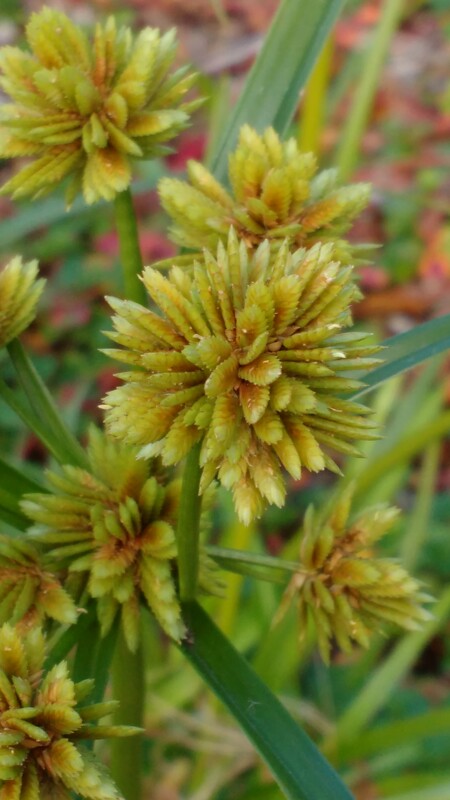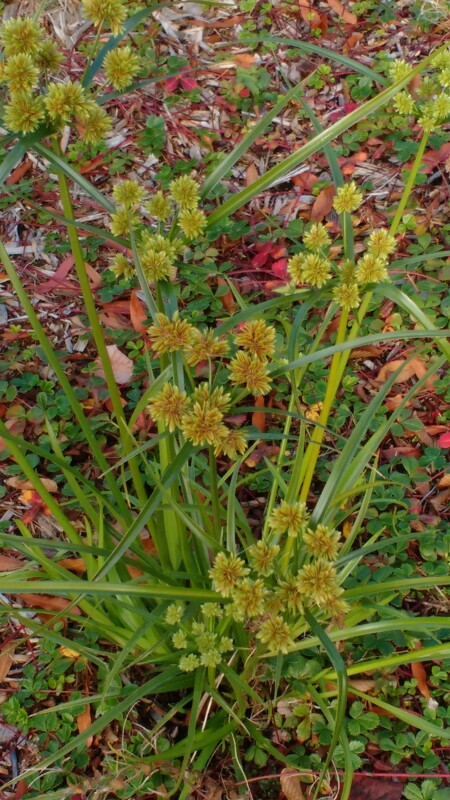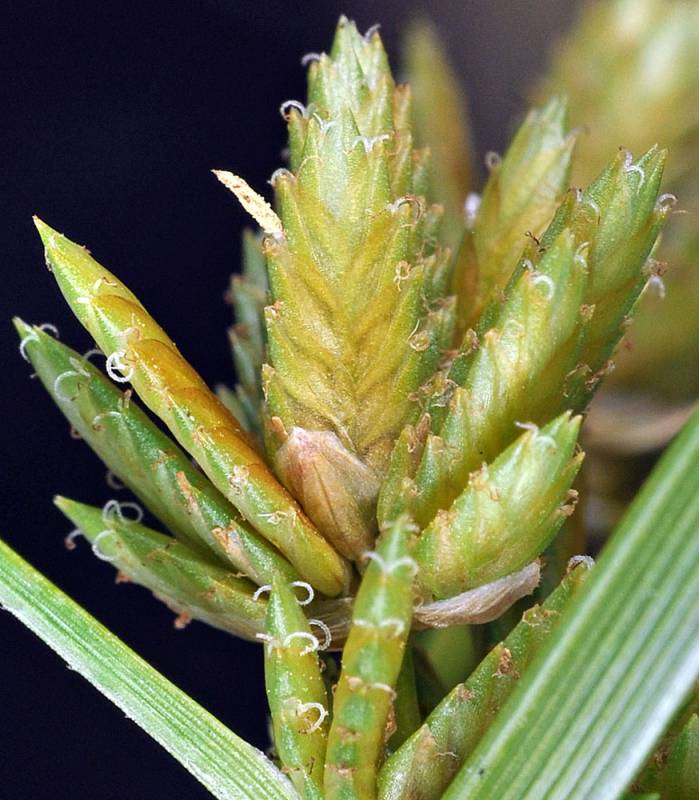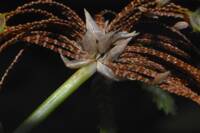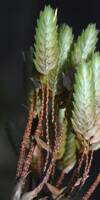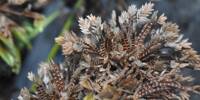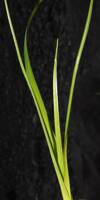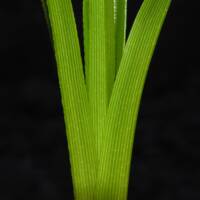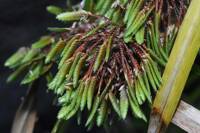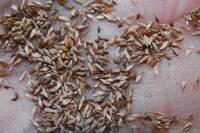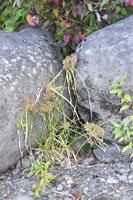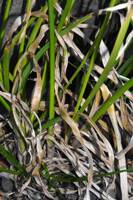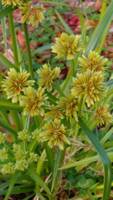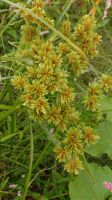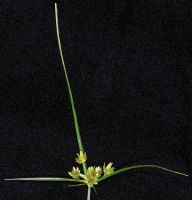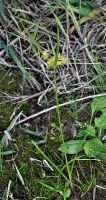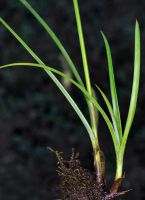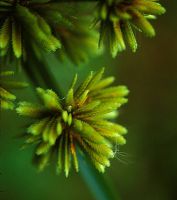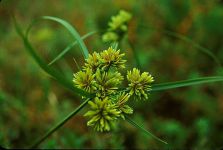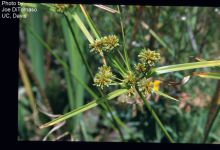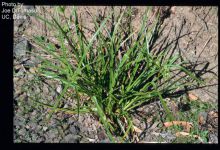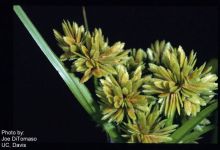Distribution: Occurring west of the Cascades crest and in the Columbia River Gorge in Washington; British Columbia to California, also along the southern and eastern U.S. coast.
Habitat: Damp to wet shores, ditches, roadsides, and other disturbed areas at low elevations.
Flowers: June-August
Origin: Introduced from South America
Growth Duration: Perennial
Conservation Status: Not of concern
Pollination: Wind
Tufted, herbaceous perennial from rhizomes, the culms terete to triangular, 40-60 cm. tall, glabrous.
Leaves flat or v-shaped, 25-50 cm. long and 5-8 mm. wide.
Inflorescence of globose heads 20-40 mm. in diameter; rays 3-10, 2.5-5 cm. long; bracts 4-8, horizontal to ascending, usually flat; spikelets 30-50, oblong, compressed; scales 20-30, off-white to golden brown, ovate-deltate, 2-2.3 mm. long; stamen 1; styles 1-1.2 mm. long.
Achenes dark brown to black, broadly ellipsoid, 1.2-1.4 mm. long, with a beak up to 0.3 mm. long.
Publication: Tabl. Encycl. 1: 146. 1791.
PNW Herbaria: Specimen records of Cyperus eragrostis in the Consortium of Pacific Northwest Herbaria database
WA Flora Checklist: Cyperus eragrostis checklist entry
OregonFlora: Cyperus eragrostis information
E-Flora BC: Cyperus eragrostis atlas page
CalPhotos: Cyperus eragrostis photos

